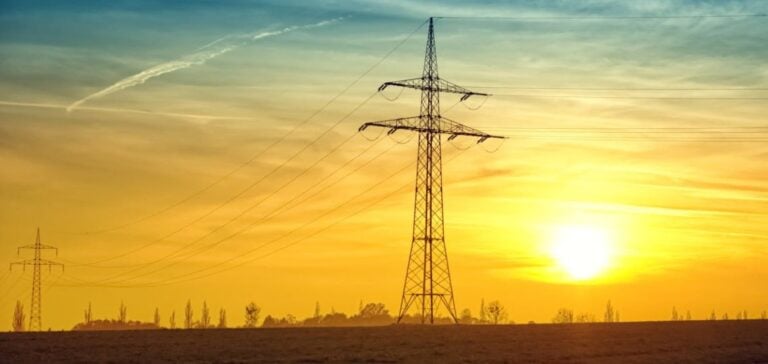Global demand for electricity is experiencing unprecedented growth due to rising global temperatures, stimulating the use of air conditioners.
TheInternational Energy Agency (IEA) forecasts a 4% increase in electricity consumption in 2024, the highest since 2007.
This trend is set to continue in 2025, with growth driven by intense heat waves and rapid urbanization in countries such as India and China.
Countries such as India should see their demand grow by 8% in 2024, while China will record a 6% increase.
This growing demand puts pressure on power grids to maintain a reliable supply, often provided by coal-fired power plants due to their ability to respond quickly to peaks in consumption.
Impact of Renewable Technologies and Energies
At the same time, the rise of artificial intelligence (AI) technologies and the growth of data centers are adding a new dimension to energy demand.
The energy requirements of these infrastructures raise questions about energy efficiency and demand management.
Renewable energies continue to grow, accounting for 35% of global supply in 2025, up from 30% in 2023.
However, despite this increase, coal is expected to remain a key energy source in 2024, due to the current limitations of renewable infrastructures to manage variations in demand.
Carbon emissions and environmental impact
The IEA forecasts a stabilization of carbon emissions from the global energy sector, with a slight increase expected this year before a decline in 2025.
This projection underlines the resilience of fossil fuels despite global efforts to reduce emissions and develop green energies.
Maintaining coal-fired power plants is often justified by the need to guarantee a stable power supply during periods of high demand.
However, this situation poses major environmental challenges, requiring more robust energy policies to effectively integrate renewables and reduce emissions.
The rapid growth in electricity demand, driven in particular by air conditioning and AI, underlines the importance of a balanced and sustainable energy transition.
Efforts to increase the share of renewable energies must be stepped up to meet this demand while minimizing environmental impacts.






















